|
Coronavirus is everyones biggest concern, but it does not mean we will not develop other health problems, such as gastro, appendicitis or injuries. We still need to see the doctor, but at the same time we do not want to expose ourselves to coronavirus, by going out. As a result, doctors have been encouraged to use Telehealth, (Telehealth is where you see a doctor via something like Skype or Facetime). Now you can see your GP by Telehealth under Medicare. As a family physician, I have been using Telehealth for many years. It will never take over from seeing a doctor face to face, but we can achieve a lot using a video consultation. As a doctor I need to gather a lot of information to work out what is wrong with you. If you can give me that information, I can perform a safer consultation via a video. If you have the right tools in your house, you can give me the information that I need and reduce the chance of missing something nasty. These tools have been around for many years and are not high tech. This week, we have created a special edition newsletter to highlight what tools can be used to help your doctor make a safe diagnosis. As mentioned before in this blog, these gadgets should be part of everyones first aid kit, to allow you to always see a doctor from the comfort of your own home, safe from the coronavirus. Online Health ServicesWhether you have the right equipment or not, there are many health services that you can access online. You can see a GP, get a blood test or even an STI check. Click on the button below for more information. For Clinic OwnersIf you are a clinic owner who is setting up a Telehealth service, please click on the link below and cut and paste the URL into an email or sms to be sent to your patients.
You can improve the quality of your Telehealth assessments by informing your patient population how to provide data that can help you make a diagnosis. Please note that your patients will need to be consented to receive communication via this process - Spam Act 2003)
1 Comment
We are a tech savvy nation. In less than a decade, it is amazing to realise that we all carry around a mini computer in our pockets and at a quick glance at your watch, it can tell you within seconds how many steps you’ve taken, how far you’ve walked, the status of your heart rate and how well you slept last night. This data helps individuals and health professionals to understand how a person functions, and the factors that may be helping - or hindering their health and wellbeing. As a dietitian, much of my role is mostly about exploring and understanding someone’s dietary intake, analysing what nutrients are being met and what potential risks might be on the horizon based on unbalanced or inadequate eating patterns. Although it’s one thing to talk and prescribe nutrition, it’s another thing to teach someone what happens when we eat food, and the impact this has on their own body. This is where I have experienced and seen the value of Continuous Glucose Monitoring (CGM). Although CGM devices are primarily designed and used by people with Type 1 Diabetes, I have used them with healthy fit individuals, as well as people with Type 2 Diabetes, (especially when the national guidelines changed in 2014 to cease self blood glucose monitoring for those not on insulin).
CGM devices provide a wonderful insight into a person’s week of blood glucose levels (BGL), based on their daily activities and eating habits. I have used the Medtronic Guardian Connect which relays real-time data to the individual’s phone, and other options such as the Libre Freestyle also have similar technology. Instead of the individual investing in a device, I provide it as a week-long window of data collection and a chance for my clients to really understand how their food choices impact their bodily systems. The ability to see this instant feedback puts their health and nutrition front of centre and provides a unique opportunity to discuss what happened in a course of 6-14 days. The blood glucose level graph, alongside a food diary allows them to connect the dots when they see when they have eaten in excess or too frequently or too late at night. It also helps to educate people about the effects of glycaemic index of carbohydrates, combinations of macronutrients in a meal (high fibre vs high fat vs high carb) and food cravings based on declining BGLs or timing of meals. For those with insulin resistance, it’s an opportunity to see just how much (and how hard) the body has to work to process their food to return to homeostasis. Fit, healthy individuals also gain insight into the mechanisms of their own body and understand in a tangible way the daily fluctuations and outcomes of food, exercise, sleep and stress has on their health. It’s important to highlight that CGM devices are not for everyone; it is a relatively complex feedback system that requires some base level of health knowledge. It also needs to be noted that viewing BGLs alone is only one part of the story, and measuring insulin levels in parallel would be ultimately provide an even clearer picture of someone’s hormone regulation. I guess we will have to wait and see. But for now, I hope that CGM will become more accessible (and perhaps more affordable) over time as it undoubtedly provides health professionals the invaluable access into a person’s lifestyle habits at home as well as the ability for individuals to grasp a concept that otherwise would be completely foreign to them. Article written by Carla Johnson Dietitian at The Nutrition Circle For more information on The Nutrition Circle, click here Disclaimer: This text does not serve as medical advice or an endorsement of a particular product but serves as an example of how technology can improve healthcare. If you have any questions, seek advice from your doctor. Pollution And Your BreathingWe are seeing poor air quality in major cities in the world this week. Delhi in India has been struggling with high levels of pollutants. In addition recent bushfires in New South Wales have lead to poor air quality in Sydney, Australia. This can have an impact on people who suffer from lung conditions. A good article by the British Lung Foundation, can be found here. It looks at the effects of pollution on your health. Also have a look at Atmotube Pro, a product that you can use to monitor the air surrounding you, to work out if it is safe to go out. Concussion In SportWith improved diets and training regimes and the use of cutting edge research in sports science, the performance of elite level athletes has markedly improved. Today your NFL, AFL or rugby players are stronger, more agile and fitter than ever before. As a result, in these contact sports, individuals are taking harder impacts to the body and in particular to the head. Slowly we are becoming aware of concussion and its long term effects, (eg memory problems, sleep disturbance and depression). As a result the way we look after someone who has been concussed is becoming better understood.
If you play a sport professionally, you are often surrounded by a team of experts who will monitor every aspect of your health, including a doctor who can make sure that you recover from a concussion. The problem is, if you enjoy sport but do not play for a professional team, you may not get the right treatment, if you become concussed. This can lead to you returning to your sport too early and putting you at risk of further health issues later in life. A useful tool has been developed to help amateur athletes or weekend warriors if they sustain a head injury is ImPACT. How does this work? You perform a test, when you are well that measures different functions of your brain. Should you sustain a head injury, you repeat the test under the guidance of a doctor, to work out the effects of the head injury on your brain. With this information, your doctor can then provide guidance about when you can return to playing the sport that you love. This tool is already being used by professional sports teams, today. For more information, click here Blog post written by Dr Khurram Akhter. Khurram is an experienced primary care physician and a thought leader in the field of digital health. Disclaimer: This text does not serve as medical advice or an endorsement of a particular product but serves as an example of how technology can improve healthcare. If you have any questions, seek advice from your doctor. You need transportation now? Uber.
You want to watch the latest movie now? Netflix. You want to see a healthcare practitioner now? Ehm…. In a world where nearly every type of service is available at the tap of an app, it’s surprising there are hardly any apps available to properly manage your own health. Surely, there are fitness apps to follow work outs or apps to book an appointment with a GP or healthcare practitioner. But what if you live remotely and require expert advice from a physiotherapist or exercise physiologist? Or you are jet setting around Europe and need to follow up with your healthcare provider about your rehab exercise program? When we launched Physitrack a few years ago, our aim was to give practitioners and their clients a seamless way of staying in touch and offer complete transparency about the clients’ progress with their home exercise programs. Key in achieving this was the free PhysiApp client apps we developed for iOS, Android and web. Being part of Apple’s Mobility Partner Program enabled us to design a super intuitive user interface that helps clients stay on track with their home exercises a lot better. The proof is in the pudding, with a 2-year study run by the University of Melbourne recently confirming that Physitrack helps to improve client adherence to, and confidence in, their exercise programs when completed via the PhysiApp app. Feedback we receive from clients around the world matches the outcomes of the clinical study, with patients loving the fact they not only have their exercise program and educational content in their pocket, but also can engage with their healthcare provider and provide feedback on their progress. It is no surprise that our built-in Telehealth feature is fast gaining popularity as a way for consumers to ’see’ their trusted healthcare provider. Powered by Dolby Laboratories, clients can have secure video calls with their clinician from inside the PhysiApp client app, enjoying Dolby quality sound and Ultra HD video. A feature clients love especially is the live-streaming of exercise videos, whereby the practitioner can stream any of the Physitrack exercise videos directly to the client’s phone during the Telehealth call. It’s a great way for clients to get a real grasp of the correct technique and be confident they know how to perform the prescribed exercises by themselves. So whether you live in a remote area or enjoy cruising the Greek islands, staying in touch with your clinician is now easier than ever before. Just remember to complete your exercises in PhysiApp before you order your next burger through Uber Eats! Blog post written by Marijn Kortekaas. Marijn is a Partner at Physitrack Ltd. For more information on Physitrack, click here. Disclaimer: This text does not serve as medical advice or an endorsement of a particular product but serves as an example of how technology can improve healthcare. If you have any questions, seek advice from your doctor. Technology is affecting all aspects of healthcare. It is changing how we learn about health, how we monitor our health and also how we treat ourselves. Access to services within healthcare can be hard, especially in the UK. To see a Physio can take many months over here and that is just for the first appointment. Your next appointment can be many weeks later. So when you see your Physio for the first time, they may diagnose you, give you some treatment to help you with the pain and then give you some exercises to help rehabilitate you. But the problem is that you may not be seen or supervised for many months. As a patient you begin to ask yourself whether you are doing your exercises correctly. Who knows? Nobody is monitoring your progress. If only you could access your Physio remotely so that they can let you know whether you are doing things correctly or intervene if there is a problem. Well now you can. Let me explain. About 2 years ago, I went to the gym and did a tough upper body workout. It was a sunny, spring Saturday morning and when I was walking home I noticed that the weeds were growing in the garden. I decided to spend the next 3 hours weeding. I noticed a little niggle in my shoulder but as most men do, I just ignored it and carried on. Over the next week or so the niggle persisted but I carried on life as normal, working, exercising and picking up my 2 year old who never wanted to walk anywhere! Over the course of the next year, this niggle continued. Whenever it started to improve, my 2 year old would develop an aversion to walking and picking him up would aggravate my shoulder. After about 18 months my shoulder started to really hurt. When my wife stated that I reminded her of my young child in that I couldn't get myself dressed, (due to pain rather than laziness!), I felt something needed to be done. Off I went for an ultrasound scan and was diagnosed with Supraspinatus tendinopathy. I then started to get that sinking feeling that anyone with a tendon injury gets ...I've got months of rehab in front of me. I rang Barry Nguyen, (it's very useful when your business partner is also a Physio!) and asked what I needed to do? Don’t stress, was his advice. It will get better but it could take 3-6months. 3-6 months of Physio?!! How much will that cost??!! And I am going to the UK soon, where you can never get an appointment to see a Physio!!! It was then that he introduced me to Physitrack. Physitrack is a way that Physiotherapists can provide you with the exercises that you need to do, monitor your progress remotely and then change your rehab program as needed. So what did I get? I first received an email that showed a series of exercises that needed to be done. The exercises were explained with a clear, short video. I followed the videos. They were painful at first but then they became easy. I sent a message to Barry to let him know of my progress and then I received an email with more exercises to do that were more challenging and so on. The crazy thing was, for a period of time, I was in the UK and Barry was in Australia! After 3 months of intense rehab, I was doing push ups. 4 months, chin ups and 5 months bench press. Don’t get me wrong. I still needed the odd face to face review but most of the rehabilitation was done remotely.
A common complaint that I get as a doctor is that patients are unable to see their Physio often enough. Now with services like Physitrack, you are in communication (electronically) with your Physio who can supervise your recovery remotely, with the safety net of seeing you face to face, if there is a problem. Technology has infiltrated all industries and is slowly being accepted in healthcare. When it can be really hard to access healthcare in first world countries, we as health professionals and patients need to embrace technology to improve the service that we give and receive. Healthcare will never be completely remote but seeing or dealing with a health professional online will become part of the process, along with face to face consultations, when you have a health problem. I had to go to the UK as an emergency and without access to Physitrack my rehabilitation would have been delayed. Instead now my shoulder is better and I much to my wife’s relief, I have finally regained the ability to dress myself again! Blog post written by Dr Khurram Akhter. Khurram is an experienced primary care physician and a thought leader in the field of digital health. Disclaimer: This text does not serve as medical advice or an endorsement of a particular product but serves as an example of how technology can improve healthcare. If you have any questions, seek advice from your doctor. Background on low back pain
Low back pain is a very common health condition worldwide and a major cause of disability in all age groups. It can impact the level of functioning at work and life in general. The economic impact of lower back pain in the United State of America has been estimated to be over 100 billion dollars annually and growing. Lower back pain can be classified as acute (less than 6 weeks), sub-acute (6 to 12 weeks) or chronic (> 12 weeks). Low back pain symptoms Low back pain is generally not considered a ‘disease’ but a group of symptoms which may include:
Causes of low back pain In most cases, the cause of low back pain is unknown or difficult to pinpoint but multiple risk factors have been identified contributing to the development of lower back pain which include:
Popular medical management of low back pain Radiological imaging such as x-rays, CT scans and MRIs of the lumbar spine are often unreliable and unhelpful in determining the cause of your lower back pain. Popular medical treatments include pain killers (analgesics) and anti-inflammatories despite a lack of scientific evidence associated with its efficacy carrying potential side effects, as the causes of lower back pain are rarely addressed. Preferred evidence based treatment options include physical therapy (physiotherapy), joint mobilisation and manipulation, exercise rehabilitation, cognitive behavioural therapy and pain re-education. Surgical intervention is generally the least preferred option, and considered when conservative non-invasive management fails. When to seek medical attention? It is important to note that back pain can be a signal to a very serious medical condition so please seek immediate medical attention if you experience symptoms including:
Some tips to prevent low back pain or recurrence
Innovative tools which can help your back pain There are many tools available in the market that can help monitor and manage your lower back pain. There is an increasing number of innovative solutions in the market which promote drug free pain relief of your lower back pain including PainPod and Quell. There are also wearable devices which help improve your posture and core muscles at work and at home, notably, UprightGo. There are many exercise rehabilitation apps which assist in providing exercise programs to prevent and rehabilitate lower back pain conditions for example, Kaia’s back pain app, which in a recent study, demonstrated that it was more effective than traditional therapy and online education. Using wearables or activity trackers such as Fitbit, Garmin, Apple’s step counter, Strava or RunKeeper apps can help with behavioural change and promote good exercise habits. Disclaimer: This text does not serve as medical advice and if you have any questions, seek advice from your doctor. Blog post written by Barry Nguyen, an experienced sports and musculoskeletal physiotherapist and digital health expert. The “Quantified Self” movement is here. This movement is associated with individuals utilising technology such as wearable devices and mobile phone apps to track specific health parameters (mental, emotional, physical and social) in their daily lives. The collection of daily data can help the individual gain self-knowledge to improve their quality of lives through potential actionable insights such data can provide. With the emergence of health consumerism and advancements in technology, there is an increasing number of relatively inexpensive wearable devices and mobile phone apps which enable individuals to track various health parameters during their daily lives, including symptom logging, sleep hygiene, stress levels, heart rate, diet and activity levels. There is an increasing amount of physical products available to the public at retailers from popular brands such as Apple, Samsung, Garmin, Fitbit and Polar. There are also more advanced niche products such as the Athos Training System, which is a smart garment which tracks muscle activity and motion. All of these products have broader implications for physiotherapists when managing their patient’s general health and optimising clinical outcomes. Health professionals such as physiotherapists are traditionally guided by established science and evidence based practice guidelines. Therefore, the self-quantification movement may seem in conflict with this due to the experimental nature of this approach and relatively smaller population sizes applied. Nonetheless, there is an increasing number of health professionals such as physiotherapists who are looking more closely at how to extract meaningful insights from this data from self-tracking to optimise health outcomes at both an individual and population level. In particular, many of the measures from such solutions can assist physiotherapists in behavioural change and promoting healthier lifestyles. Key factors that have contributed to the rise of self-quantification and self-experimentation include:
What are the implications for physiotherapists managing patients who are self-quantifiers? From one perspective, self-quantifiers are ideal patients as they are engaged and proactive in taking responsibility over their own health. However, it is important to be aware that being unprepared for such scenarios can result in patients challenging the physiotherapist’s knowledge, and as a result, threaten their authority. So in such circumstances, it may be best for the physiotherapist to take a strong collaborative and work with the patient as partners in their health, focusing on helping their patient achieving their goals, ensuring that the patient is informed of the potential benefits and risks associated with what they are experimenting with, and ensure avoiding any potential danger and safety issues. An example of self-quantification often used in the community are activity tracking solutions such as the Strava app, Fitbits, Apple and Garmin watches. This has been reported to be a useful tool for physiotherapists as it can provide insights into external training load and assist with injury prevention and performance optimisation. In addition, the online social community associated with many of these apps which often incorporate benchmarking performance can be helpful for motivation and support. A back pain app outperforming physiotherapy? With an increasing number of freely available articles on the internet such as “The back pain app out-performing physiotherapy” backed by a randomised control trial, physiotherapists should start to take serious note of the longer term implications of how emerging digital health solutions may impact their practices and patients. Without going into the details of the limitations of this study, it recently demonstrated that patients using the Kaia app reported significantly less pain than the control group which comprised of weekly physiotherapy and online education. Both groups were encouraged to incorporate an active lifestyle and perform a home exercise program. The Kaia app comprises of 3 therapy modules: back pain education, hands off physiotherapy, and mindfulness/relaxation techniques. Users of the app also have the ability to interact with a human coach via the app if they have any particular questions. This study adds to the emerging body of evidence which supports a “multi-modal approach” to chronic pain management. Traditionally, multi-modal treatment approaches to chronic pain management is often costly, limited to a small number of specialised medical facilities and appropriate clinical team. The results of this study provide promise that emerging digital health technologies have the potential to provide viable alternatives to traditional models of care, providing better accessibility, affordability and in many cases, more effective treatment solutions for specific populations. Key implications for physiotherapists:
Disclaimer: This text does not serve as medical advice and if you have any questions, seek advice from your doctor. Blog post written by Barry Nguyen, an experienced sports and musculoskeletal physiotherapist and digital health expert. Chatbots are becoming commonplace in society, and are often used for virtual assistance, marketing, customer support and technical troubleshooting. This technology is emerging in healthcare with many startups in this field which include patient symptom checking and triaging, pre-consultation history taking and even assisting patients with common mental health conditions. The most popular chatbots currently in the market include virtual assistants such as Google Home and Amazon Alexa, and via messaging apps such as Facebook messenger, Whatsapp, WeChat and independent website landing pages.
So what exactly is a chatbot? A chatbot is software or a combination of software and hardware, enabled by varying levels of artificial intelligence which can conduct a conversation with a human user via auditory or textual approaches. They are designed to simulate as close as possible to human conversational behaviours. Potential Benefits
Risks and Limitations
Application in Physiotherapy There is an increasing number of use cases for physiotherapy and chatbots. As the chatbot technologies improve, this will continue to increase. There are a number of emerging chatbot solutions that the physiotherapy industry are incorporating for:
The Future As chatbot technologies become more mature and sophisticated, we will likely see more solutions in the market that can provide new value to physiotherapists and their patients. This will most likely begin with a surge of solutions, assisting physiotherapists with administrative burdens through intelligent automation. Artificial intelligence and machine learning powered solutions also have the potential to support physiotherapists with practitioner-patient communications, data collection, clinical decision making, symptom checking, health coaching, and patient triaging. The future is bright as such solutions will enable physiotherapists to focus on more complex work and patient care. Recently, Amazon in the US announced that its virtual voice assistant Alexa will be HIPAA compliant and conducting pilots in the healthcare space. Via voice recognition, this will enable consumers to do tasks such as making appointments with their doctors, and even access post-discharge instructions from their hospital. Yes, chatbots are likely to kill menial jobs in the longer term but will likely produce new ones that allow humans to be more productive, creative and ultimately, add more value to the world. Disclaimer: This text does not serve as medical advice and if you have any questions, seek advice from your doctor. Blog post written by Barry Nguyen, an experienced sports and musculoskeletal physiotherapist and digital health expert. Rock Health, a leading US venture fund devoted to supporting and investing in digital health startups recently released a report from a 2018 consumer survey on digital health adoption and sentiments. Comparing the latest results from consumer surveys from previous years, there appears to be a shifting trend from interest in low risk entry digital tools that assist with fitness and wellness towards those that assist with managing health conditions - “with the intention to address concrete health needs”. It is important to note these tools often do not reach those who are in need of it the most. Technology adoption has generally been a challenging task with rural, disabled and elderly populations. These populations often have poor digital literacy, access to the internet and relevant hardware (such as smartphones and computers). Nonetheless, there are an increasingly number of exciting startups that make digital health tools easier to use and more accessible for these populations. In the survey, digital health tools were grouped into 5 different categories:
As the graph illustrates below, there is a continued increase over the past 3 years in the adoption of digital health tools and services related to these 5 categories. More interestingly, despite the leading use of wearables is for physical activity, survey respondents are demonstrating a shift towards using wearables from fitness and well-being towards managing diagnoses with potential clinical relevance to health professionals. This trend suggests that healthcare providers will increasingly need to be aware of the emerging consumer use and inquiry of these tools, as the data collected from such devices can potentially assist health professionals in providing patients with further insights into their condition. Another interesting trend is urban consumer adoption of telemedicine services is more than twice as likely than rural consumers. Not surprisingly, tech savvy millennials are the target market of many of these telehealth startups, who are seeking convenience in engaging in healthcare services like the way they engage in food delivery and transportation services. There are also 2 major issues to note that potentially stifle consumer digital health adoption. They are notably privacy and security concerns, and the discontinued use of such tools. There is an increasingly public distrust in sharing personal health data with large tech companies due to a number of scandals which includes the highly publicised Facebook-Cambridge Analytica drama. Health professionals (notably, physicians) remain the most trusted by the public in relation to confidence in sharing personal health data. The survey also identified the leading reasons associated with the discontinued use of wearable devices. It is important for health professionals to be aware of the common reasons which include:
Some key implications from the survey results:
Disclaimer: This text does not serve as medical advice and if you have any questions, seek advice from your doctor. Blog post written by Barry Nguyen, an experienced sports and musculoskeletal physiotherapist and digital health expert. 1. Well documented holistic health benefits
2. Takes less than 2 months to run 5km as a beginner It takes less than 2 months to prepare yourself to run for 5km. The Mayo Clinic provides a 7 week training schedule for beginners which involves a mixture of running, walking and resting. (https://www.mayoclinic.org/healthy-lifestyle/fitness/in-depth/5k-run/art-20050962) This strategy proposed helps you reduce your risk of injury, stress and fatigue while keeping the activity enjoyable. 3. Time efficient and versatile You can run 5km anywhere safely without relatively minimal disruption to your busy life. Allocating 30-45 minutes of your day to go for a 5km run is not too much to ask for even for the busiest individuals in the world. Running is a great way of maintaining fitness levels as it can easily be incorporated into the lifestyles of those who regularly travel to unfamiliar locations perhaps where there are potentially no gym facilities, exercise classes or basic equipment. It also allows you extra time to do different forms of cross-training and exercise activities without getting bored and maintaining your general health. On a rainy day, you can also perform your run indoors on a treadmill or at the gym with a 1% incline to simulate the benefits of outdoor running. 4. Cost effective and simple There is minimal equipment that you will need to invest in. You simply need some comfortable and supportive running shoes such as a pair of ASICs and some loose shirts and shorts. Overuse injuries are more likely to occur with longer distances such as training for a marathon. Overuse injuries can increase your healthcare costs with your doctors and physiotherapists. Running injuries include:
There is no need to buy expensive energy gels and bars, extra running gear or fuel belts. Meets national exercise guidelines Running 3 times per week for about 30-60 minutes at moderate to high intensity satisfies evidence based national physical activity guidelines. Once you improve and start running faster at high intensities, you can satisfy the guidelines by running 25 minutes 3 times per week, saving you time. 5. Compete instead of painfully finishing Competing against yourself and others can give very satisfying and a rewarding experience. The challenging of trying to finish say a marathon can place significant stress on your body and potentially have a negative impact on your health. Free timed community Parkruns are available all around the world to benchmark against yourself or others. In addition, you can quite easily compare how fast you run compared to others in your age group and gender using the popular age graded calculator: In running, age-graded scoring is based on how fast you run (by correcting it to what your speed would have been at your prime age) and a percentage value of the world record for your gender. Performance standards listed on the USATF site give approximate comparative levels: 90 percent = world class; 80 percent = national class; 70 percent = regional class; and 60 percent = local class. http://www.runnersworldonline.com.au/age-grading-calculator/ 6. 5km runs do not cause nipple bleeding Nipple bleeding can be extremely painful and unmotivating. It is a result of your skin directly rubbing on your clothes, poor ventilation and sweating. 7. Help yourself and help others Many charities and non-for-profit organisations hold fundraising events associated with 5km runs as the distance is suitable to get everyone involved. Therefore, 5km runs are a great way to contribute to be social, contribute to those in need and help yourself in the process. Disclaimer: This text does not serve as medical advice and if you have any questions, seek advice from your doctor. Blog post written by Barry Nguyen, an experienced sports and musculoskeletal physiotherapist and digital health expert. There is emerging scientific research that training loads are directly correlated to injury risk. Training load injuries are generally caused by:
External vs Internal Training Loads Specifically, there are 2 types of training loads: External Loads and Internal Loads. External loads measure the amount of external workload eg. (running on the treadmill, weight lifting) to the individual while internal load measures the individual’s post exercise heart rate or rate of perceived exertion (RPE) as a response to the external workload. Rate of Perceived Exertion Guides for Aerobic and Resistance Training It is important to understand that to optimise performance, there needs to be a fine balance between training hard and overloading resulting in injuries and comprising performance. This sounds like common sense however to accurately monitor training loads is a challenging task given that it is associated with frequency, duration and intensity. Duration and frequency are relatively easy to measure however intensity could be measured by for example, how fast you are running, your heart rate, how much weight you are lifting with the barbell or the complexity or speed of the movements you are performing. Tracking your training loads is not just about managing the specific exercise you are doing but can help you determine when it may be appropriate for you to do some cross-training or vary your load. Acute on Chronic Workload Ratio (ACWR) For those who are a serious about injury prevention and performance optimisation,a great way to find your training ‘sweet spot’ while minimising the risk of injury is by using the Acute on Chronic Workload Ratio calculator. Scientific research indicates a 0.8-1.3 ratio range is ideal. Injury risk increases at a 1.5 ratio or higher. To calculate your ratio, multiply your rate of perceived exertion (RPE) after each exercise with the duration, intensity or frequency of the exercise session (external load). The Acute Workload is over a 7 day period. The Chronic Workload is over a 28 day period. The ratio is the result of dividing the Acute Workload by the Chronic Workload. Tips:
Disclaimer: This text does not serve as medical advice and if you have any questions, seek advice from your doctor. Blog post written by Barry Nguyen, an experienced sports and musculoskeletal physiotherapist and digital health expert. |
AuthorContributors Archives
March 2020
Categories
All
|
|
SOCIAL
|
HealthAide is an independent resource. We do not own shares or make profits from the products listed on this site. Products and services have been curated using the Four Principles of Healthcare Ethics (Beauchamp, T. and Childress, J. (1985) Principles of Biomedical Ethics)
© COPYRIGHT 2018. ALL RIGHTS RESERVED.


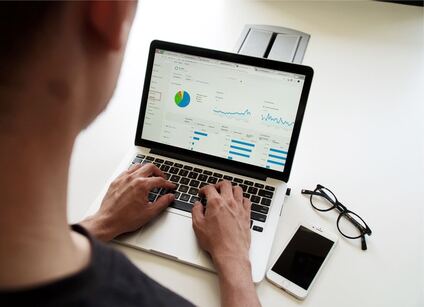



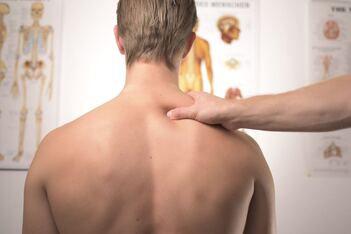




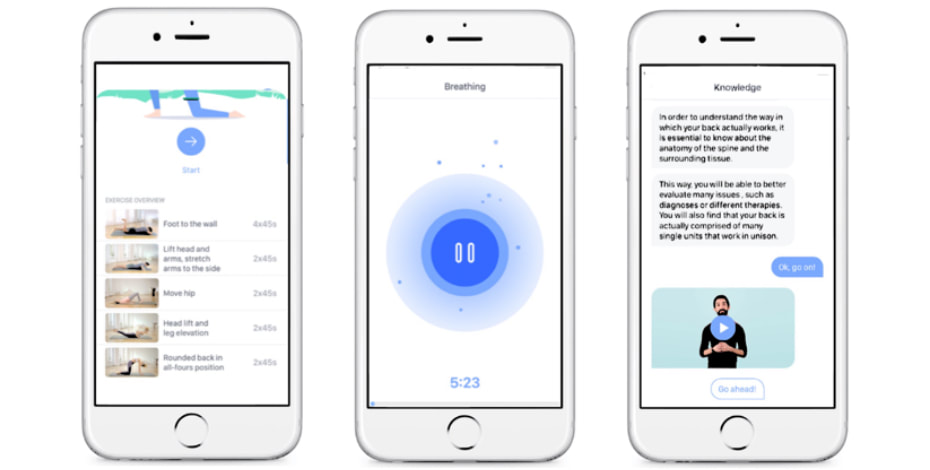
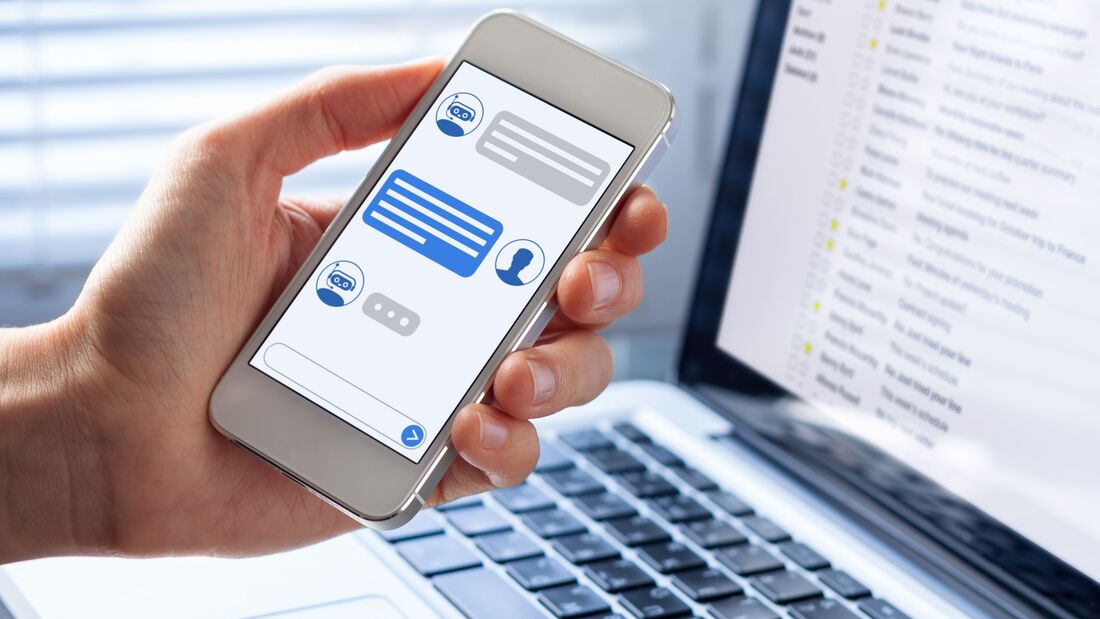
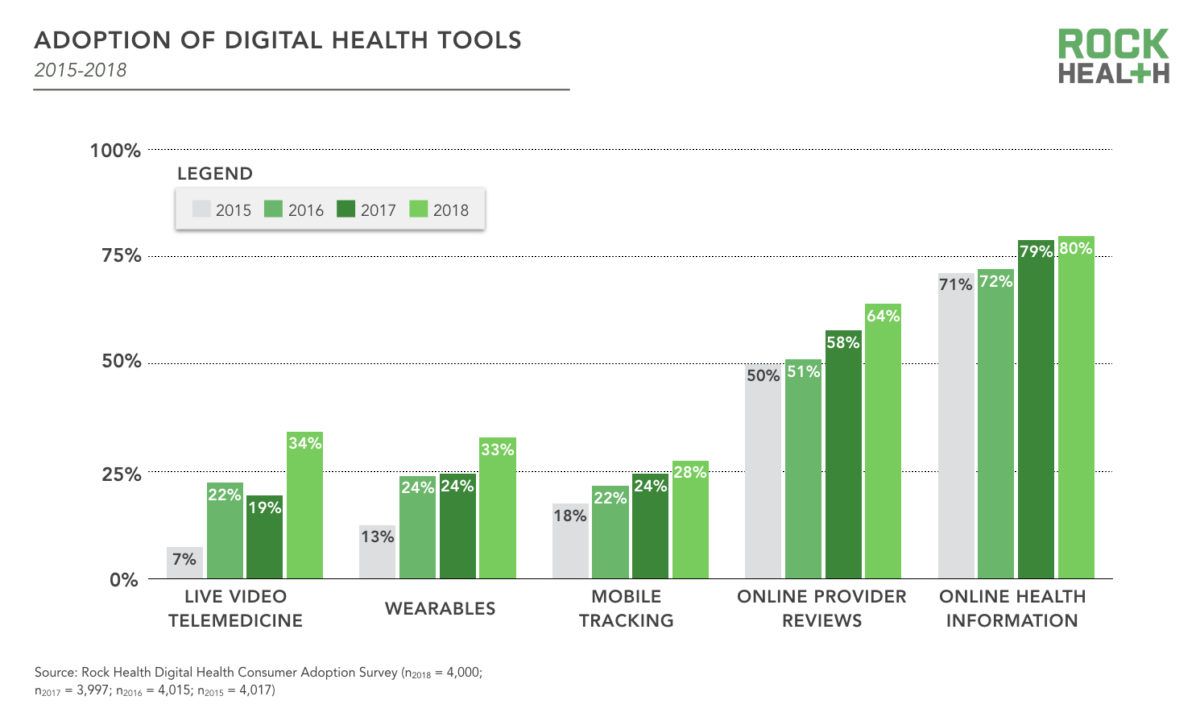
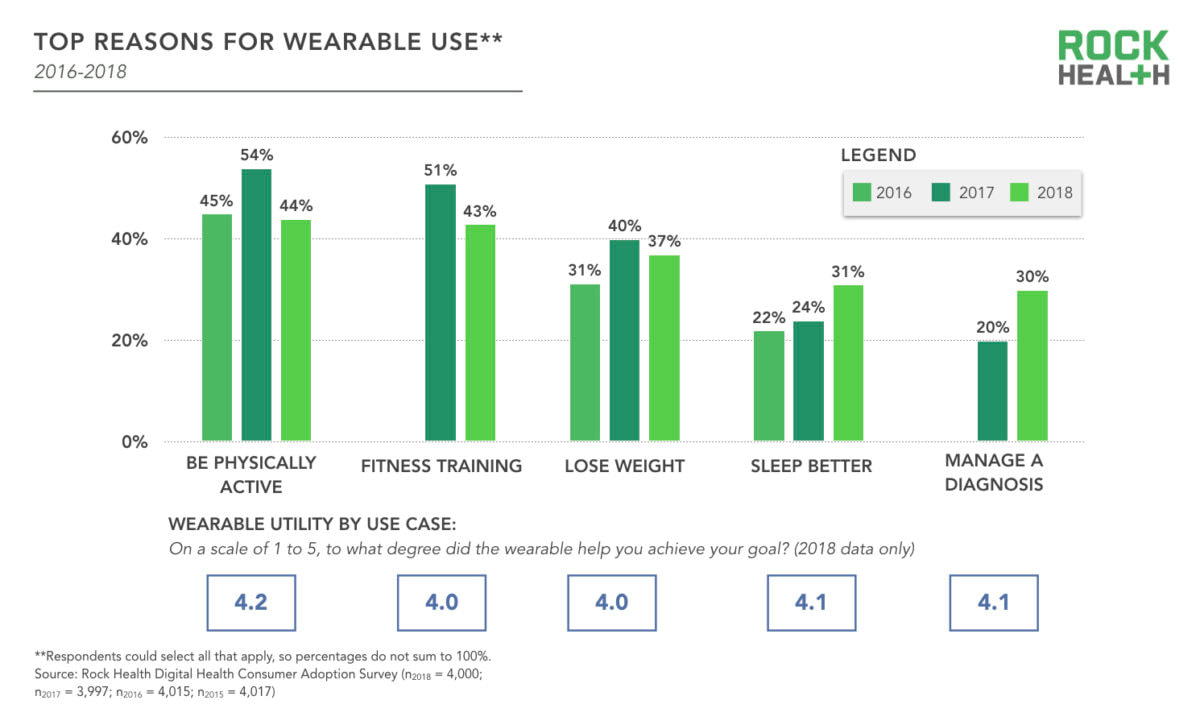
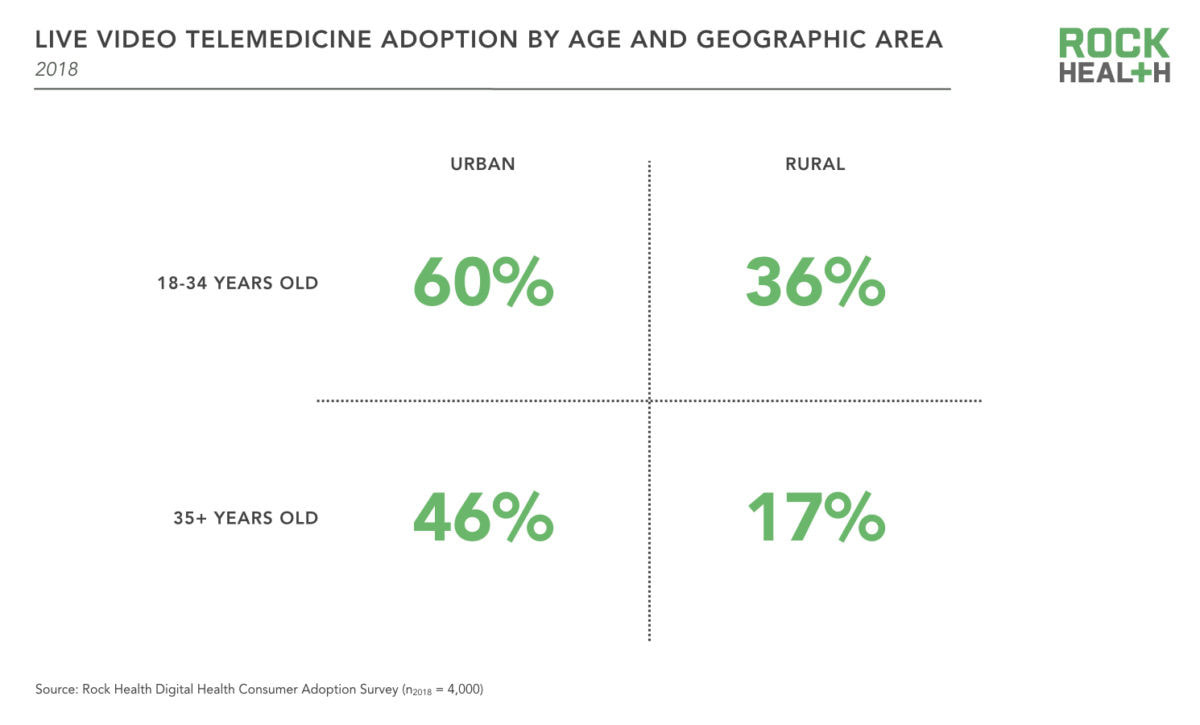
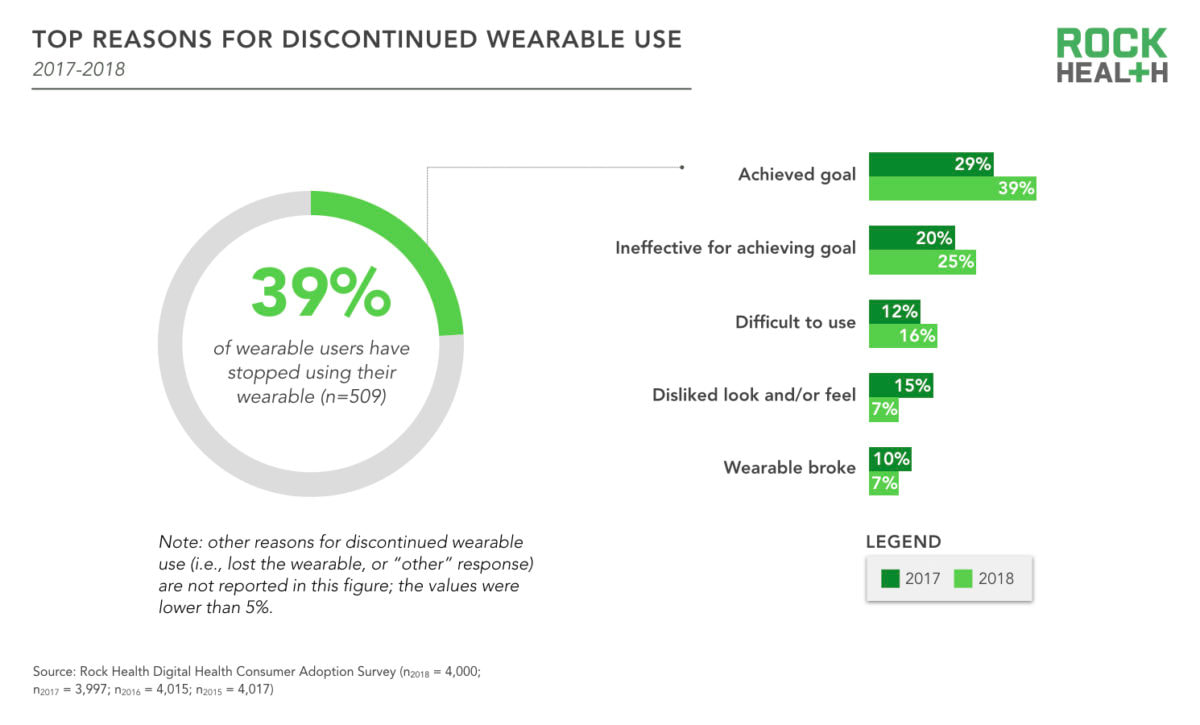

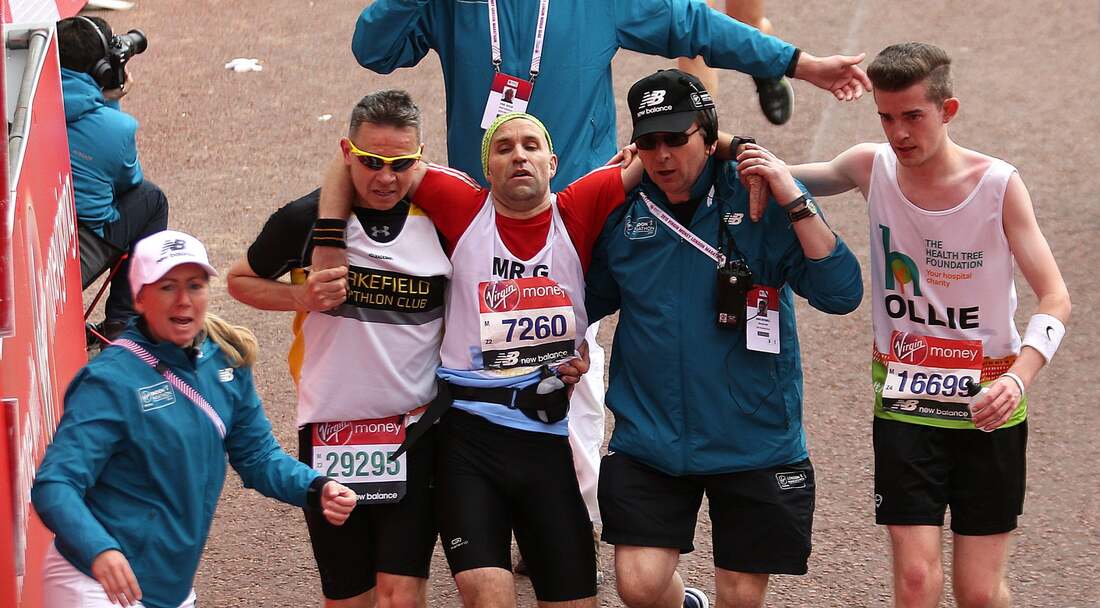
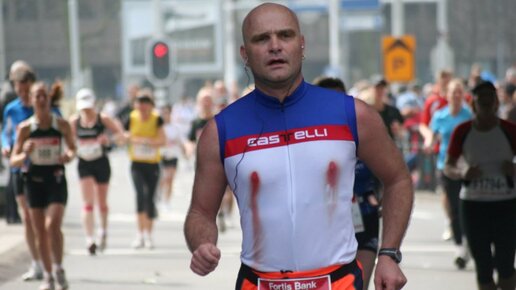
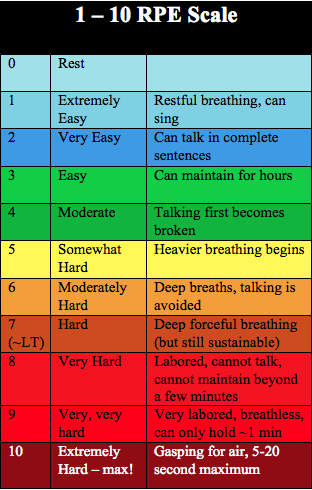
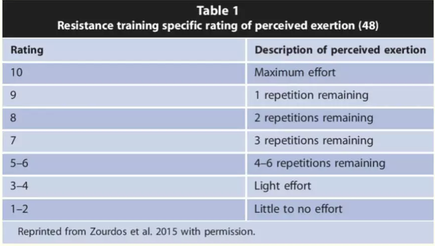
 RSS Feed
RSS Feed